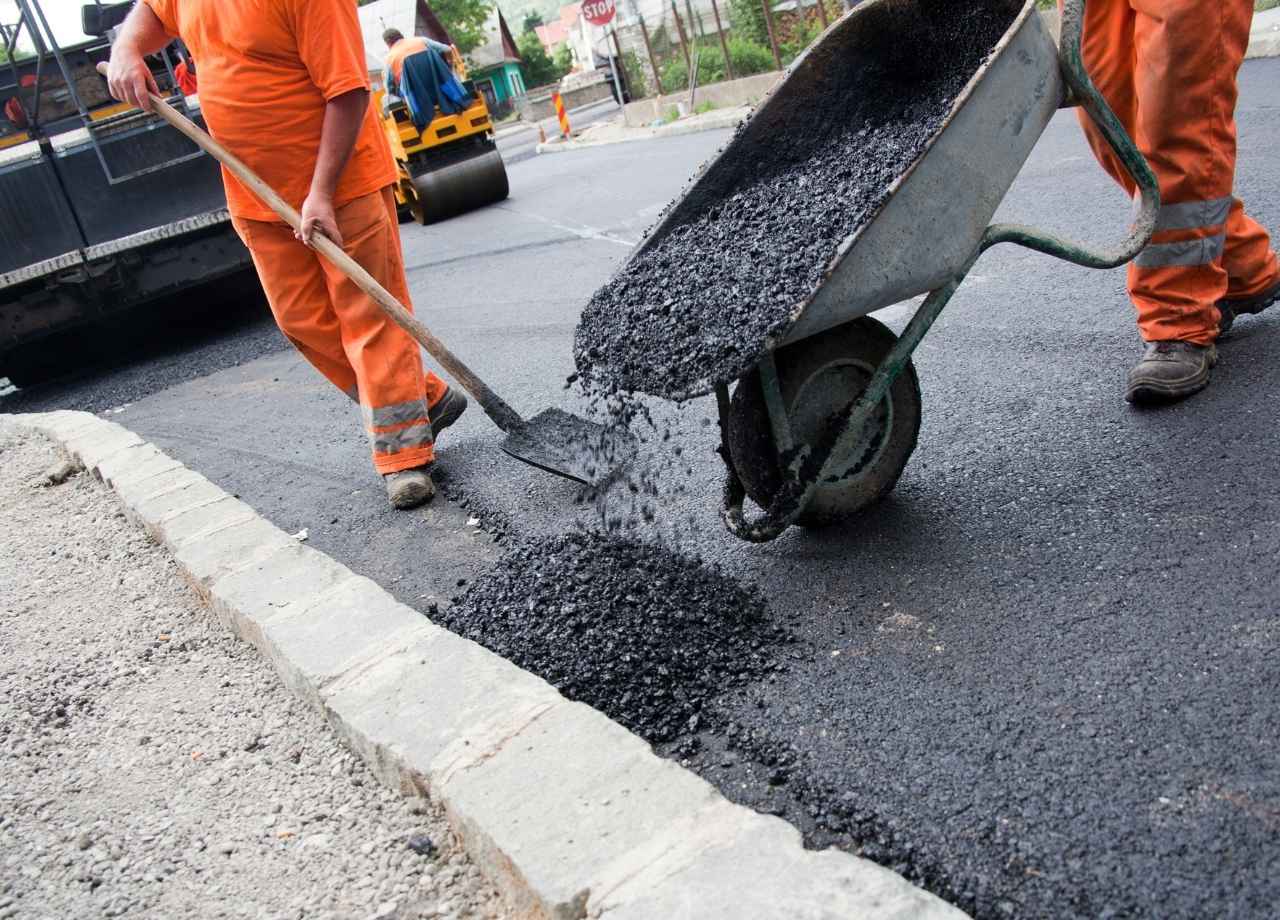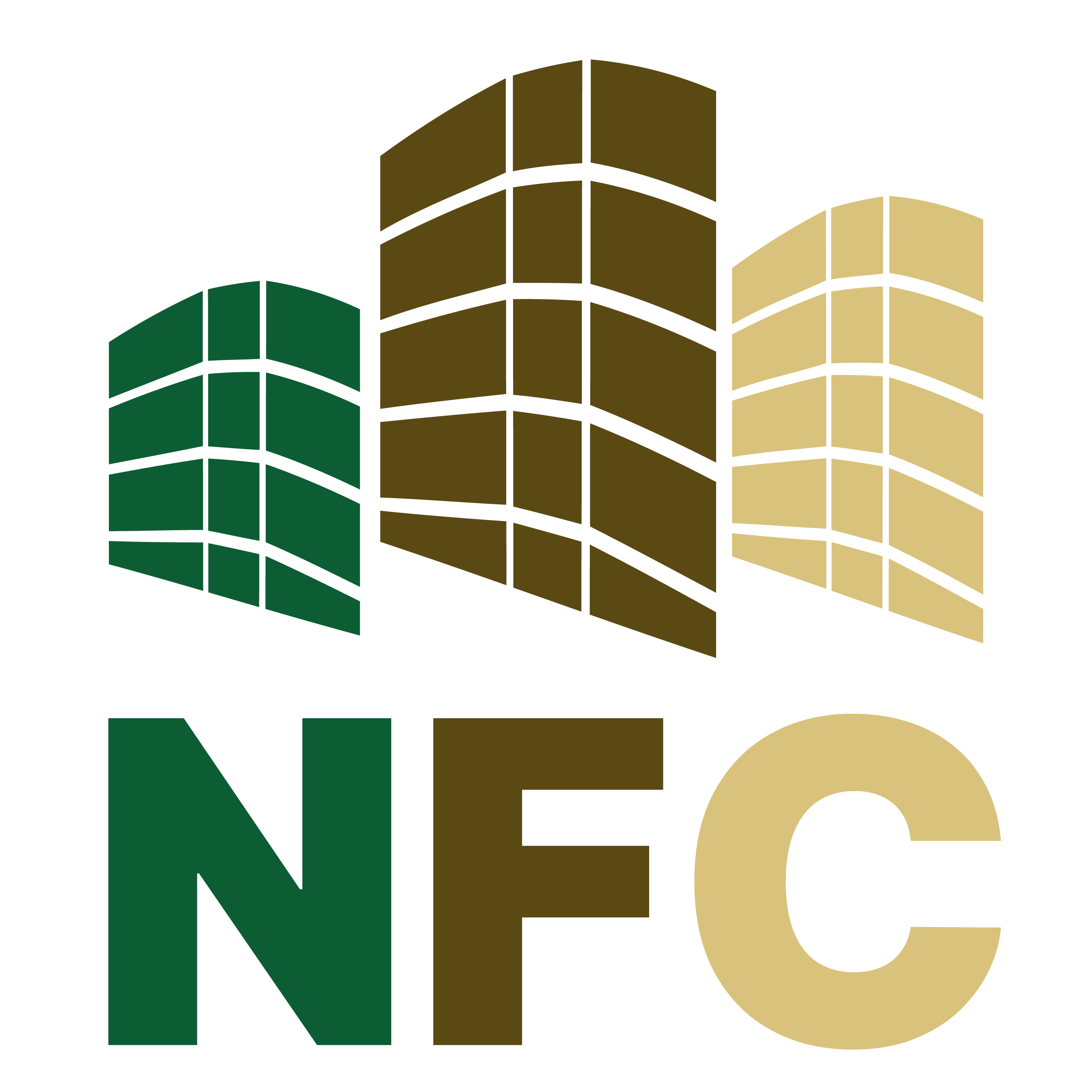Professional Landscaping Services Value in Facility Management
Fifteen minutes after a potential tenant arrives, opinions form. Not about lease terms or utilities. About the grounds. Overgrown shrubs, yellowing grass, and scattered debris say more than any brochure can. They say no one is paying attention.
Facility managers who prioritize exterior upkeep know this. Grounds are part of the first impression, and neglect can affect occupancy rates, client retention, and employee morale. Landscaping isn’t decoration. It’s an operational function with direct consequences.
Grounds Reflect Management Priorities
A well-maintained property communicates discipline. Edged sidewalks, pruned trees, and seasonally appropriate plantings signal oversight and investment. When a site appears cared for, assumptions follow: HVAC systems are likely maintained, janitorial schedules are consistent, safety checks are on point. This connection may not be logical, but perception drives trust.
Unkempt exteriors, on the other hand, imply deferred maintenance elsewhere. Even if interiors shine, the damage is done before the front door opens.
Efficiency Tied to Expert Scheduling
Managing turf care, seasonal color changes, fertilization cycles, irrigation checks, and tree health isn’t a part-time job. Attempting to coordinate separate vendors for each increases the likelihood of miscommunication. Overlapping or missed services lead to wasted budgets or dead zones on the lawn.
Professional landscaping services often consolidate these tasks under a single contract with defined deliverables and recurring schedules. Facility teams don’t need to monitor what needs to be done — it gets handled on autopilot. With consistent attention, properties never dip below standard. Emergencies are reduced to rare exceptions.
Seasonal Demands Require Preparation
Come spring, everyone scrambles. Mulch refreshes, flowerbeds, irrigation activations — demand spikes and schedules tighten. Facilities with established landscaping vendors don’t wait in line. Their properties are already queued for service.
Fall and winter bring their own set of needs. Leaf accumulation, branch trimming before storms, snow pre-treatment, and drainage checks all require planning. Miss a step and it leads to ponding, slip hazards, or turf damage. Professionals who manage commercial exteriors build seasonal rotations into their contracts. Facility managers can focus on interior operations without last-minute calls to catch up on forgotten tasks.
Compliance is Non-Negotiable
ADA standards, city codes, stormwater runoff regulations — exterior grounds are not exempt. Shrub overgrowth can block accessible paths. Poor grading may direct water into neighboring lots. Tree roots can lift sidewalks, creating trip hazards. Each issue increases liability.
Experienced commercial landscaping teams don’t just make things look neat. They prevent fines and legal exposure. Knowledge of code enforcement and safe practices reduces the need for reactive fixes. Regular audits and property walks often catch potential violations before anyone else does.
Long-Term Asset Preservation
Trees planted too close to buildings can damage foundations. Improper drainage can erode soil around structures. Certain fertilizers and chemicals might stain concrete or damage underground piping.
A reactive approach to grounds management may avoid immediate costs, but over time, the damage is more expensive. Professional landscapers with commercial experience understand long-term implications. They select plantings based on root patterns, advise on retaining wall placement, and account for runoff direction. What looks like a simple mulch bed could be part of a larger erosion control strategy.
Labor Cost Optimization
Onsite teams are stretched thin. Asking maintenance crews to handle mowing or hedge trimming might seem efficient, but it often results in inconsistent work. Equipment downtime, lack of horticultural knowledge, and competing priorities dilute the effort. Worse, internal labor costs don’t actually decrease when landscaping is treated as an “extra” task.

External providers bring dedicated crews and commercial-grade tools. Costs are fixed, timelines are predictable, and internal staff stay focused on their actual duties — plumbing, electrical, and preventative maintenance. That tradeoff makes sense on a balance sheet.
Energy and Utility Savings
Strategic planting can reduce building energy usage. Trees that provide shade in summer and windbreaks in winter change indoor load requirements. Turf placement, ground cover choices, and irrigation schedules can influence water consumption across large properties.
Professional crews think in systems. They’ll advise on how to rework areas that are being overwatered, redirect run-off into bioswales, or adjust timers based on light exposure. Those small corrections add up, especially on multi-building campuses or high-traffic facilities.
Emergency Readiness
Storms hit fast. When they do, fallen limbs, blocked access roads, or flooded courtyards can disrupt operations. Partnering with a landscaping service often includes priority emergency response. These teams know the property already, have mapped out vulnerable zones, and can mobilize quickly.
Contractors without established service history may not be available during peak demand. Waiting for cleanup delays reopening, extends downtime, and increases costs. Facilities with year-round partnerships recover faster.
Grounds as a Competitive Differentiator
Commercial real estate isn’t just about square footage. Whether managing an office park, hospital campus, or manufacturing site, the exterior serves as part of the value proposition. Clean, attractive, and safe outdoor environments help secure leases, increase tenant satisfaction, and support brand reputation.
Tenants and visitors don’t separate the building from its surroundings. Dead flower beds or weed-choked entryways become part of the impression. A property that looks like it’s managed well attracts better tenants and demands higher rent. Simple as that.
Environmental Responsibility and Branding
Green spaces contribute to sustainability goals, but only when maintained responsibly. Over-fertilization, overwatering, and gas-powered equipment used inefficiently can erode those benefits. A qualified landscaping company will recommend drought-tolerant plantings, install rain sensors, and help reduce chemical runoff.
Companies aiming for LEED certification or sustainability reporting benefit from documented grounds management. Tracking inputs, showing native species use, or implementing pollinator-friendly planting can all be part of broader corporate environmental goals.
Reduced Noise and Visual Pollution
Thoughtfully placed hedges and tree lines reduce sound from nearby roads. Berms and shrub rows block views of dumpsters, loading zones, or HVAC systems. Facilities near highways or industrial zones can use this to their advantage — creating quiet, visually pleasant outdoor areas where employees can take breaks or tenants can host events.
These design elements don’t just show up. They’re part of a long-term plan developed by professionals who understand site conditions and business objectives.
Grounds Matter More Than They Get Credit For
Most facility managers don’t get praised for green lawns or healthy trees. But they do hear about potholes, cracked sidewalks, or slippery leaves. Grounds care is one of those functions that only gets noticed when it’s missing.
National Facility Contractors partners with commercial property teams to simplify exterior upkeep by integrating professional landscaping into broader maintenance strategies—so facilities stay prepared, attractive, and compliant without extra workload on site teams.
Conclusion
Professional landscaping ensures that day never comes. It prevents interruptions, supports safety, and protects assets — all without requiring constant oversight. Facilities that operate smoothly tend to have smart systems behind them. Grounds maintenance is one of those systems.







